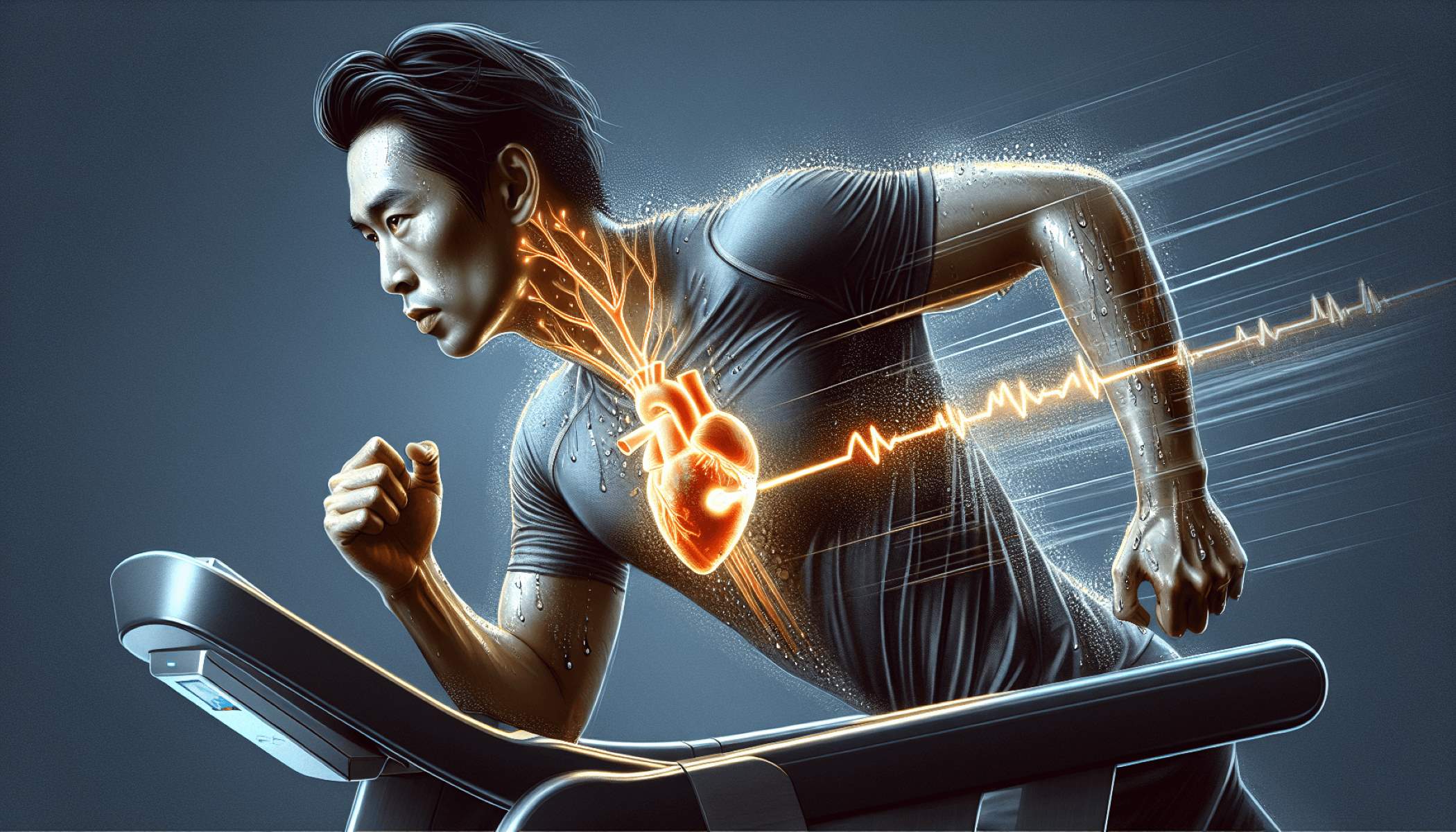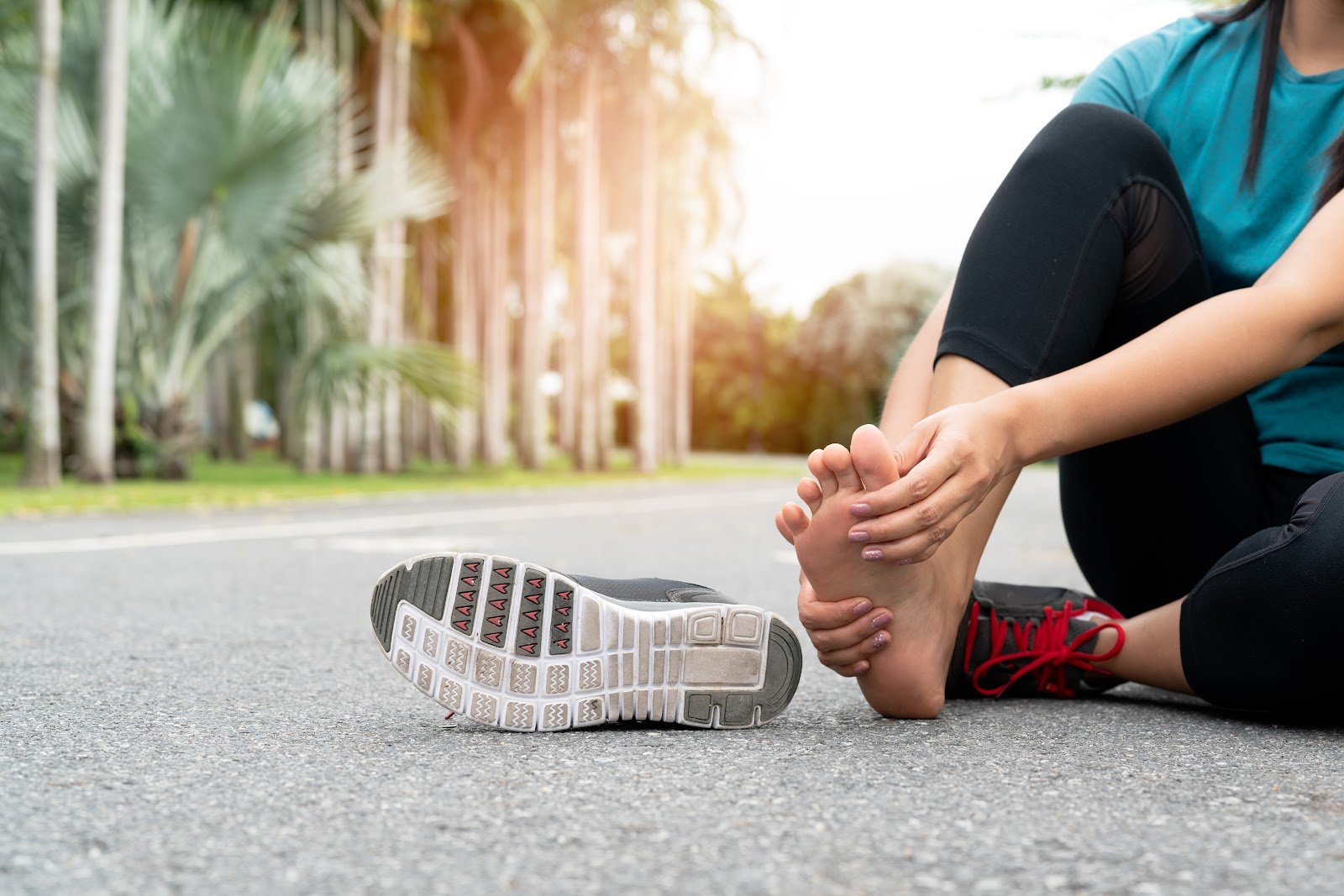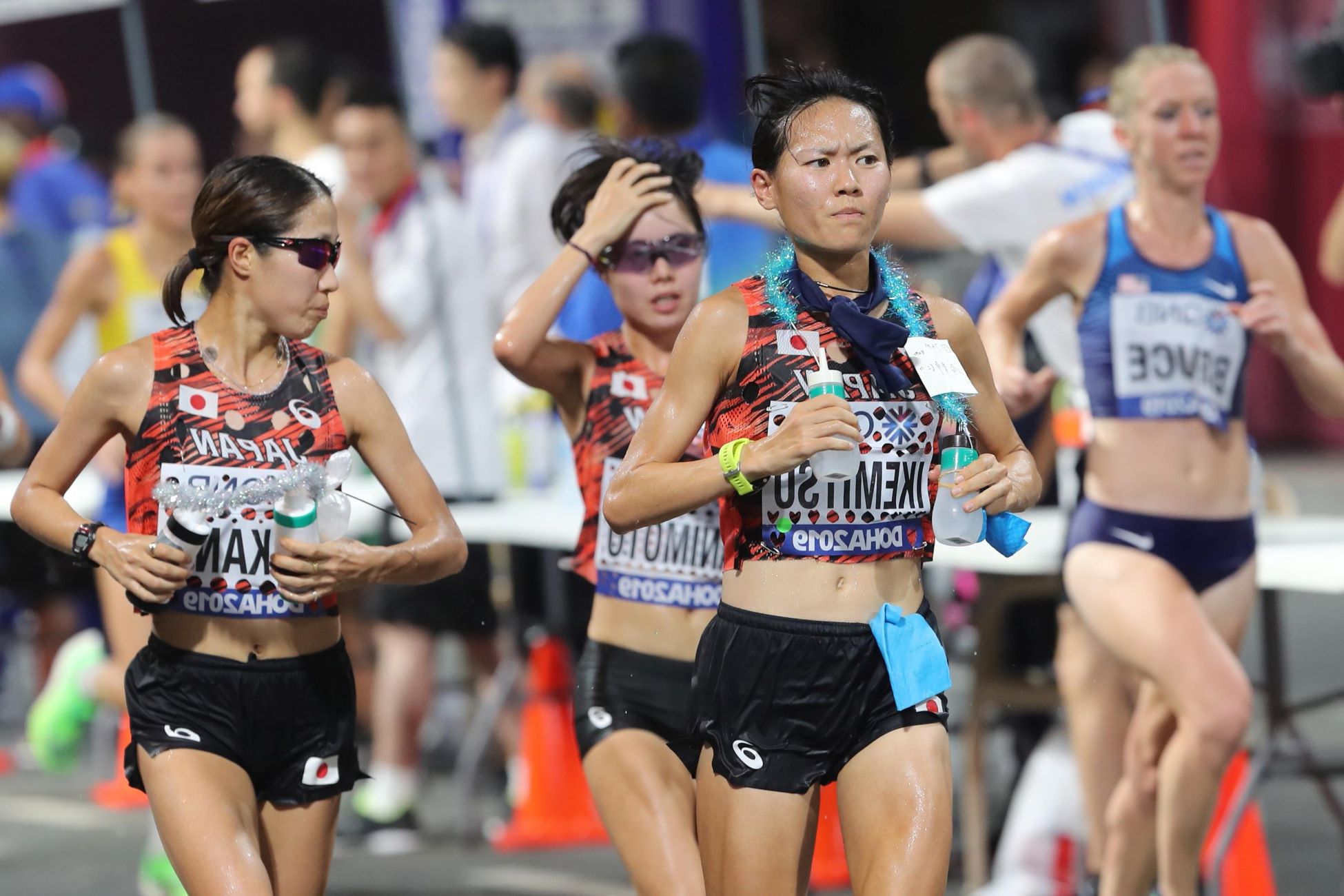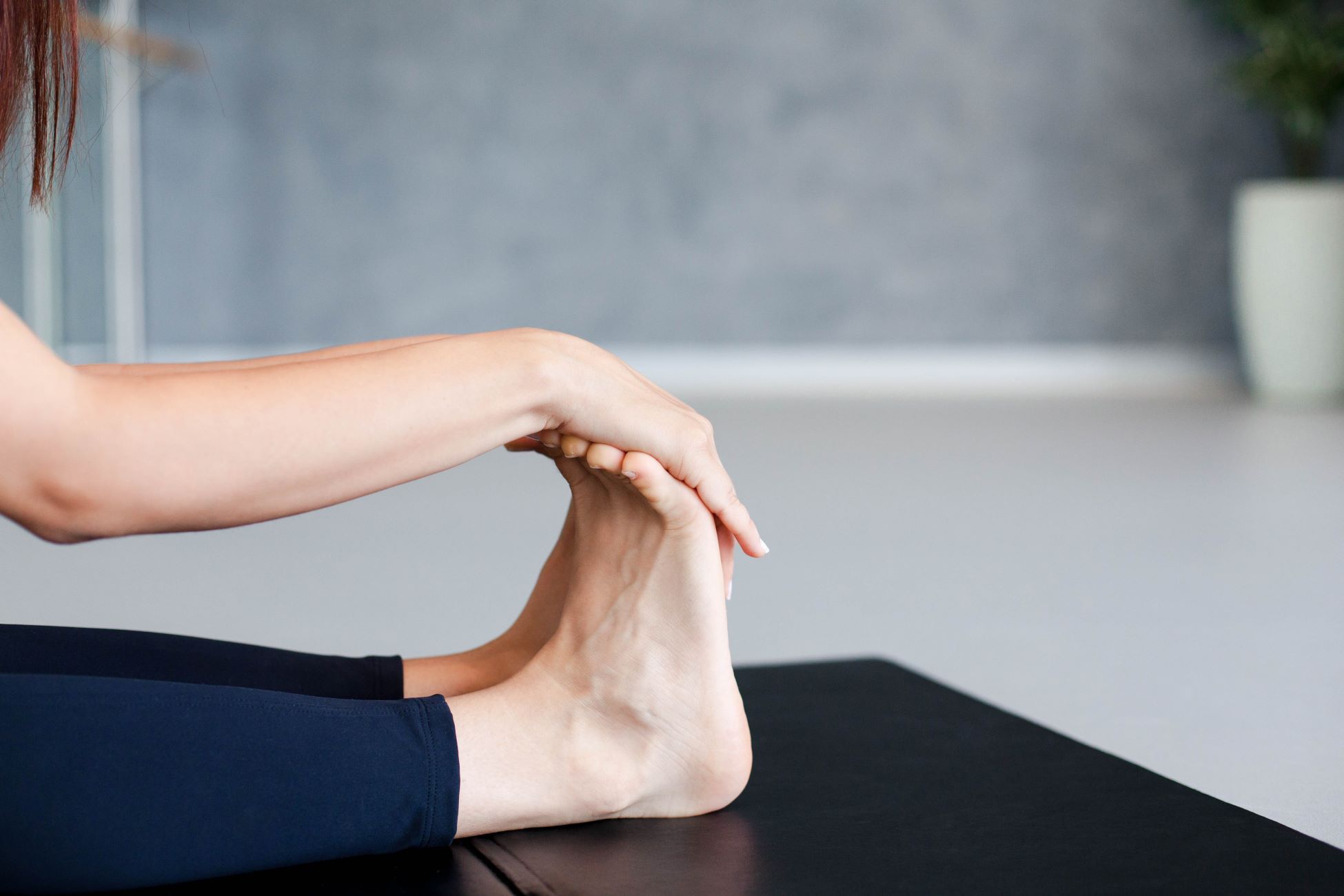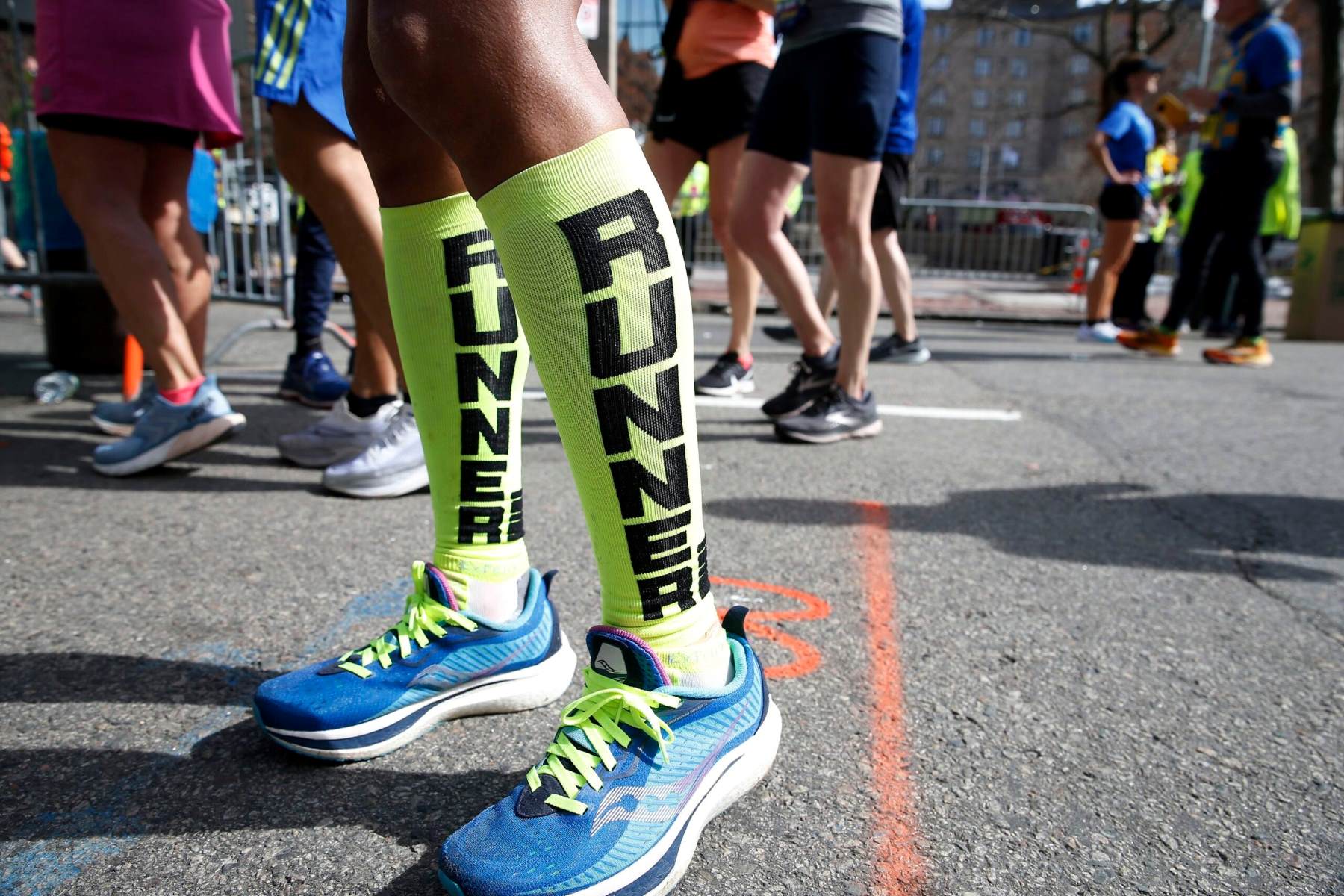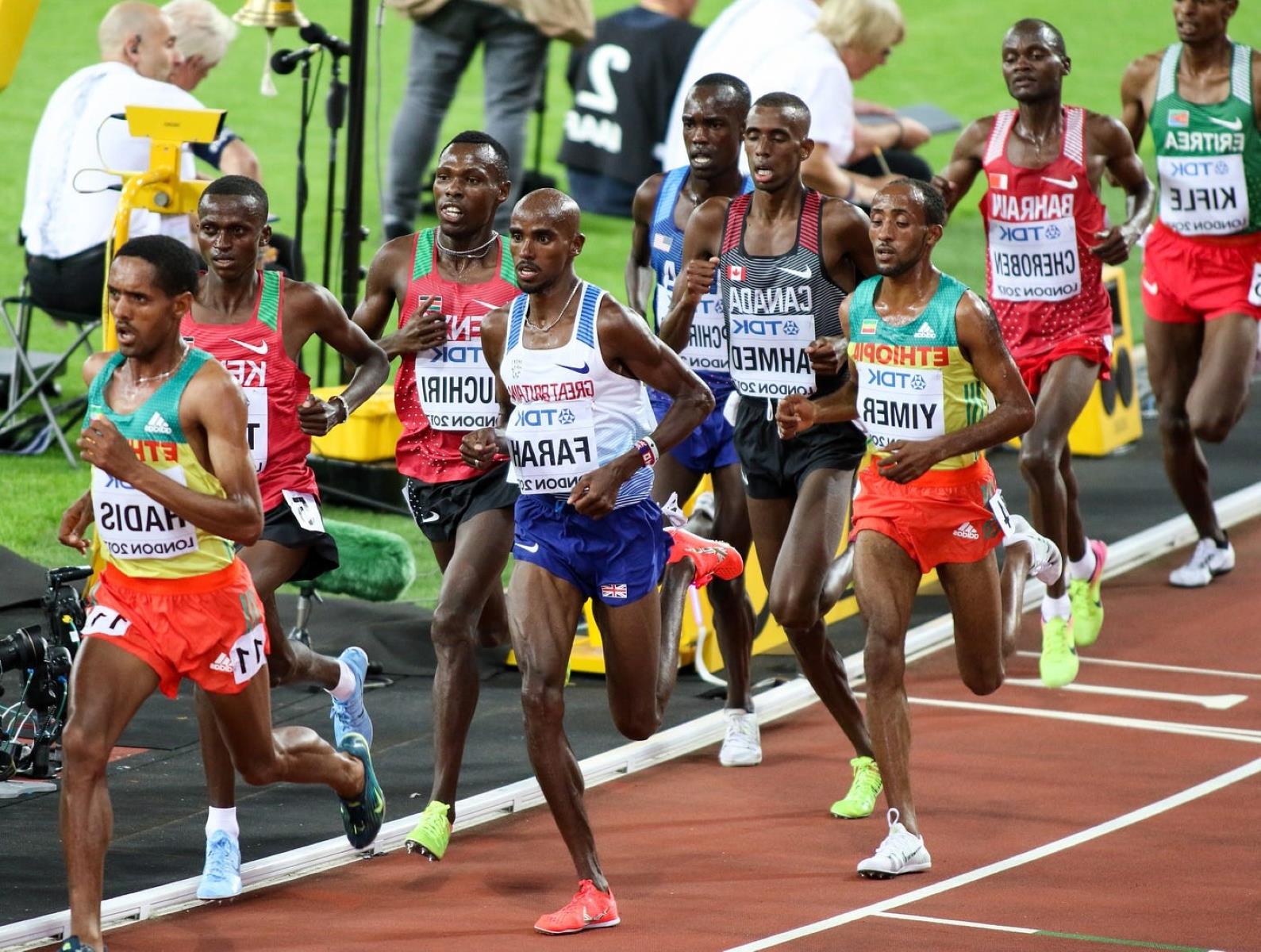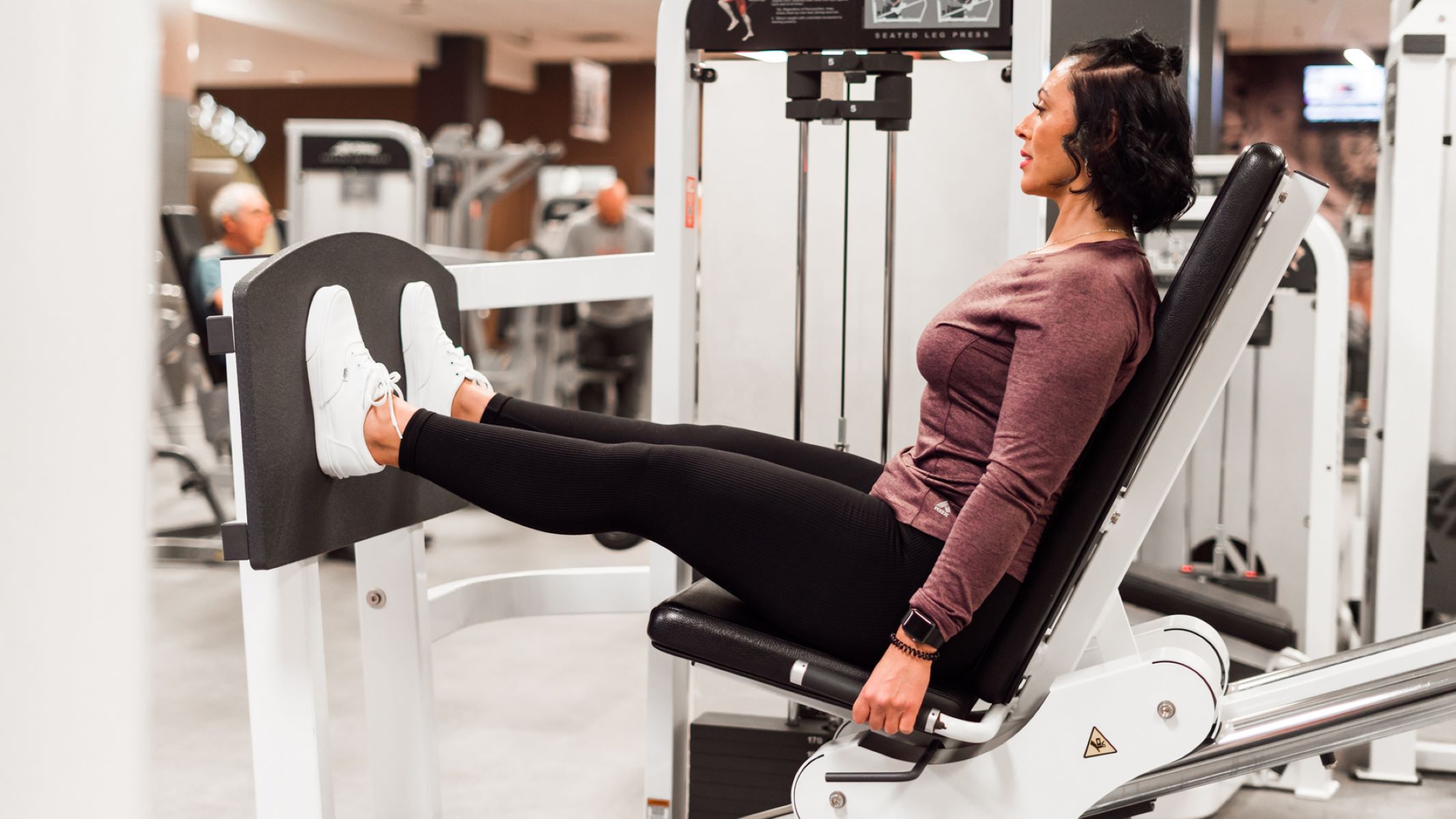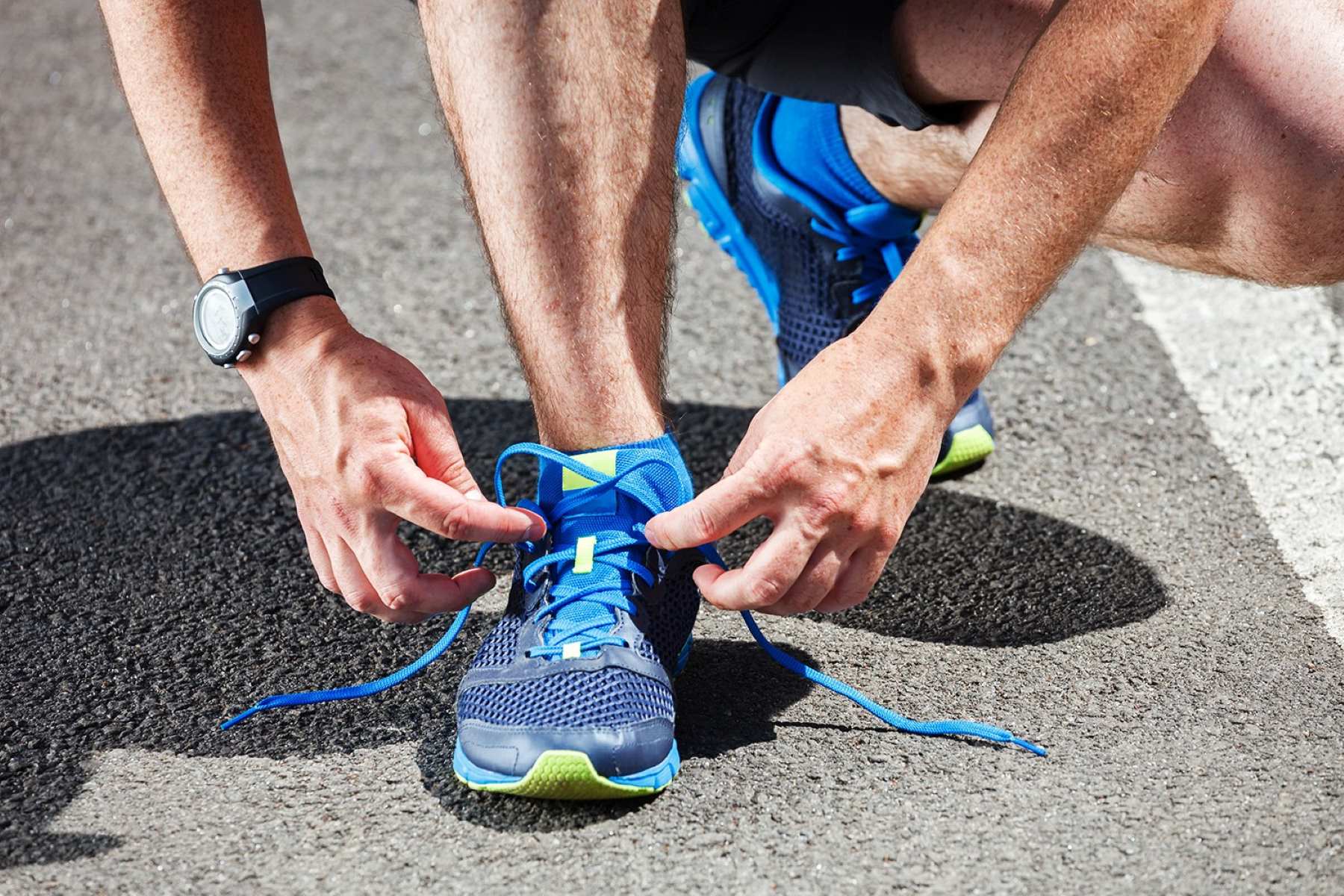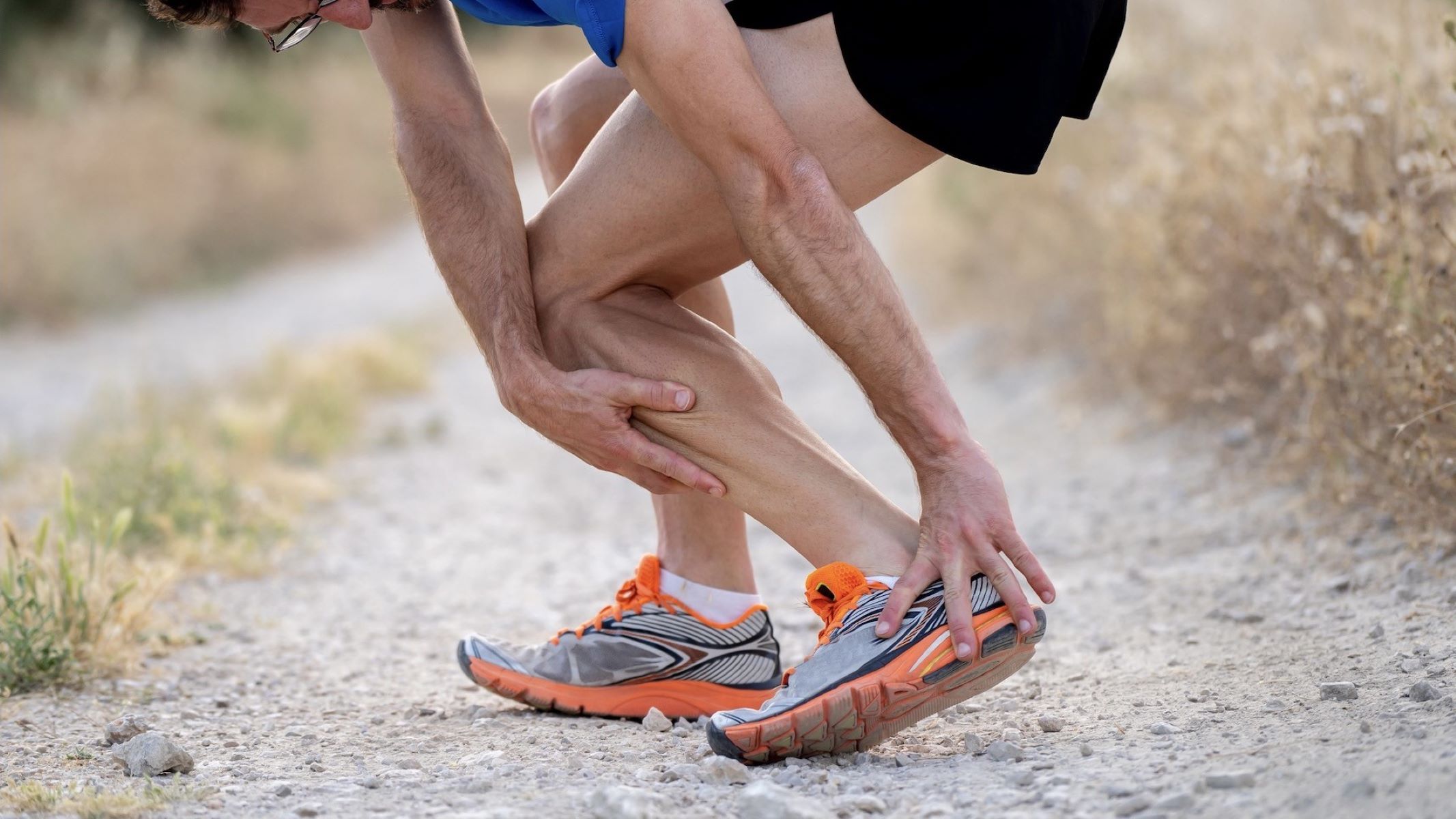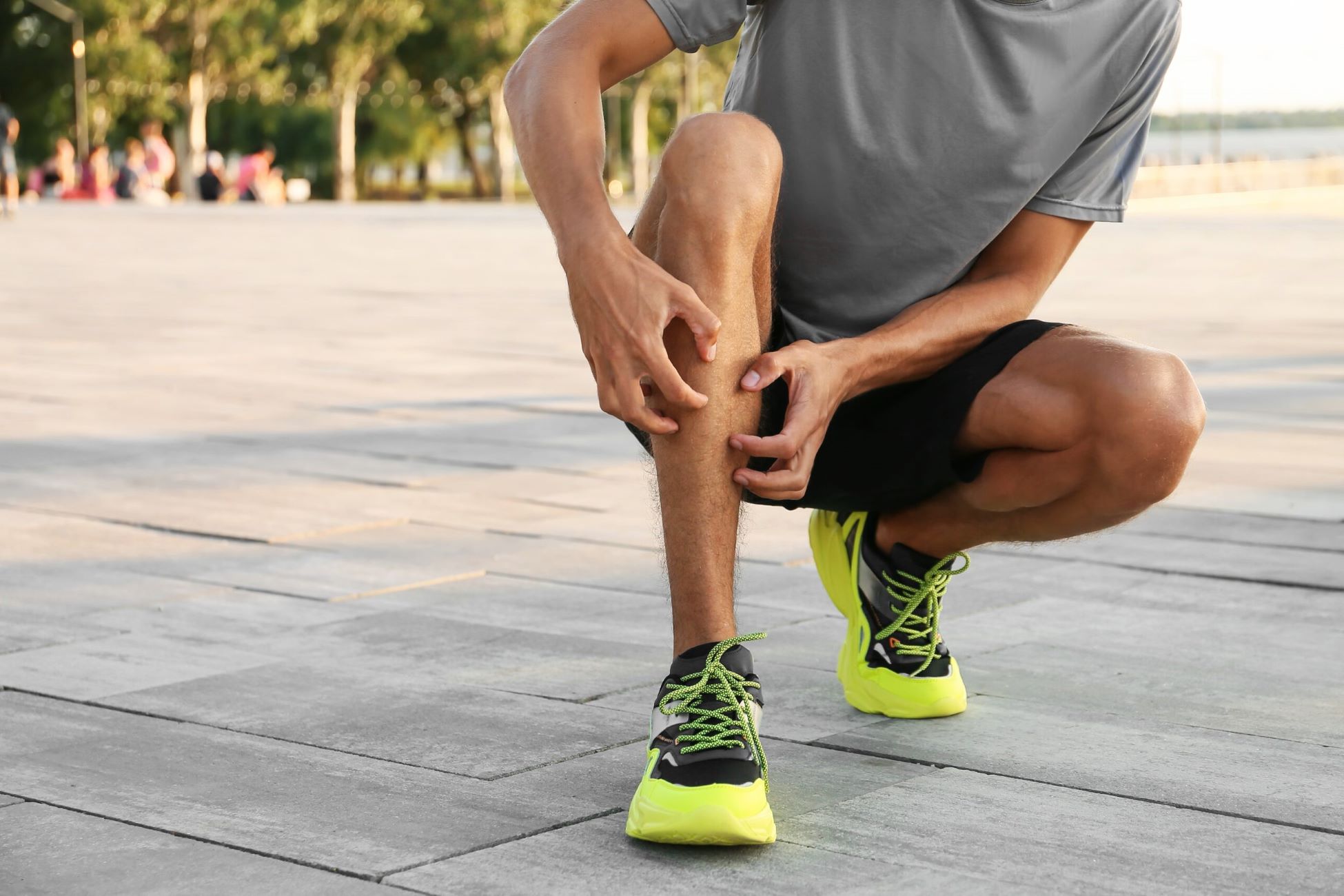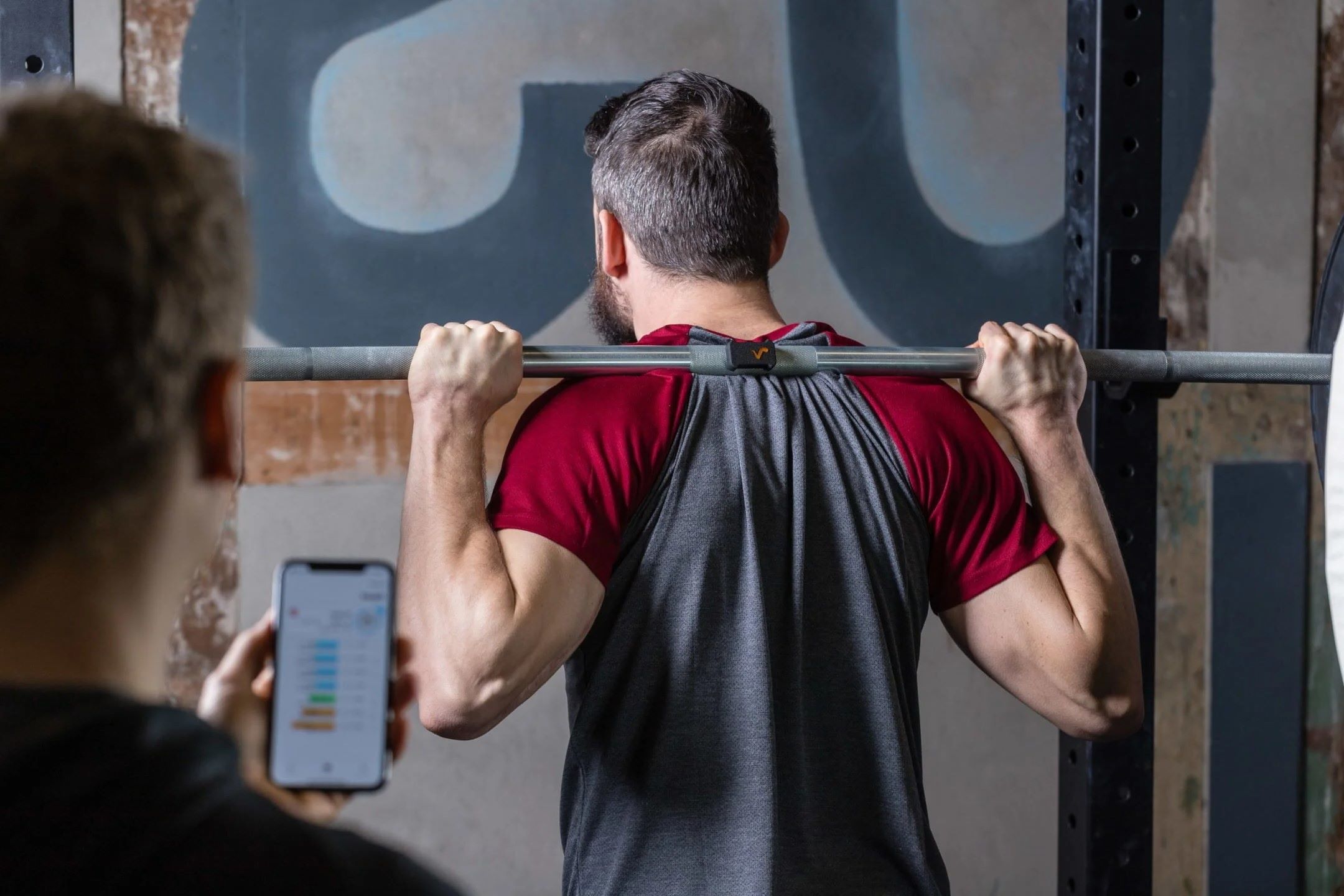Home>Training & Techniques>Running Techniques>Understanding Overpronation: What Every Runner Should Know
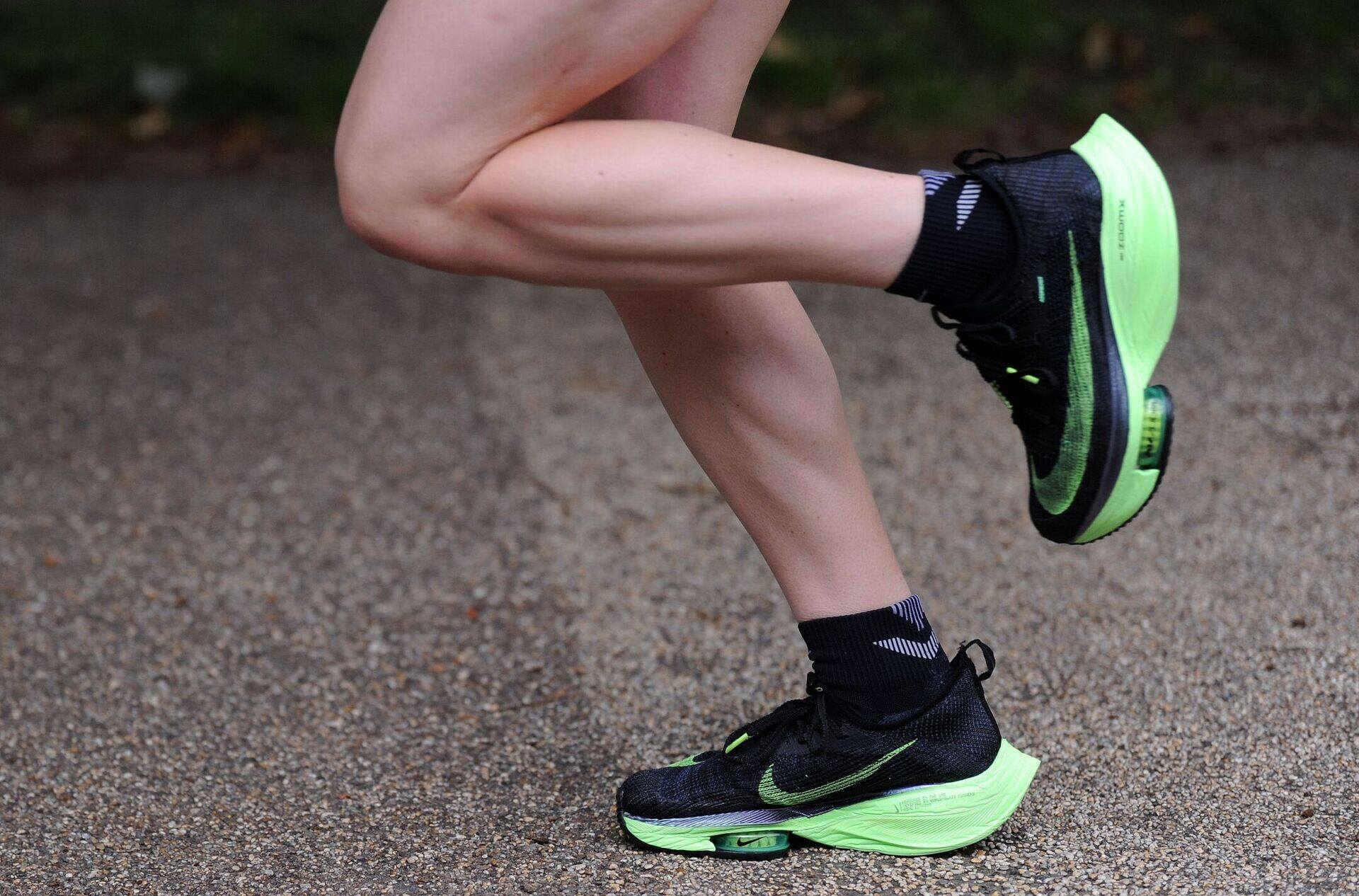

Running Techniques
Understanding Overpronation: What Every Runner Should Know
Published: February 9, 2024
Learn about overpronation and its impact on running techniques. Discover how to address overpronation for a more efficient and injury-free running experience.
(Many of the links in this article redirect to a specific reviewed product. Your purchase of these products through affiliate links helps to generate commission for Therunningadvisor.com, at no extra cost. Learn more)
Table of Contents
- What is Overpronation?
- How Does Overpronation Affect Runners?
- Signs and Symptoms of Overpronation
- Causes of Overpronation
- How to Determine if You Overpronate
- The Importance of Proper Footwear for Overpronators
- Tips for Managing Overpronation While Running
- Conclusion: Taking Care of Your Feet and Running Form
What is Overpronation?
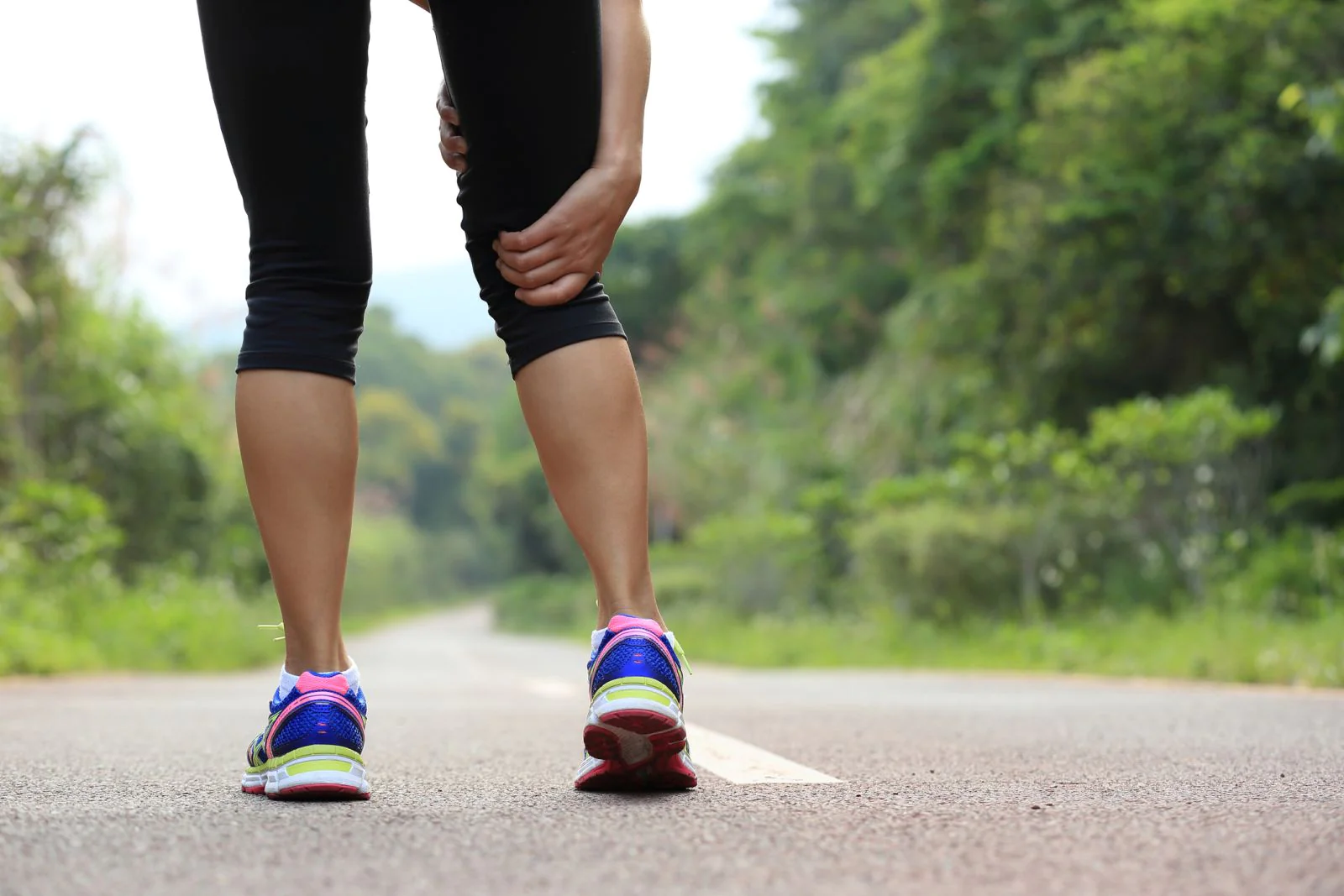
Overpronation is a common term in the running community, referring to the inward rolling motion of the foot upon ground contact. This natural movement is part of the body’s shock absorption mechanism, helping to distribute the force of impact as you run. However, when this inward rolling motion becomes excessive, it can lead to potential issues for runners.
During overpronation, the arches of the feet collapse excessively, causing the ankles to roll inward and the knees to follow suit. This can result in misalignment of the lower body, leading to added stress on the muscles, tendons, and ligaments. Over time, this repetitive strain can contribute to various running-related injuries, such as plantar fasciitis, shin splints, and knee pain.
Understanding your pronation type is crucial for selecting the right running shoes and preventing potential injuries. Whether you have neutral pronation, overpronation, or underpronation (also known as supination), each foot strike pattern requires specific support and cushioning to maintain proper alignment and reduce the risk of injury.
By gaining a deeper understanding of overpronation, runners can make informed decisions about their footwear, training routines, and injury prevention strategies.
How Does Overpronation Affect Runners?
Overpronation can significantly impact runners, affecting their performance and increasing the risk of injuries. When a runner overpronates, the excessive inward rolling motion of the foot can lead to a range of issues that may hinder their running experience.
One of the primary effects of overpronation is the misalignment of the lower body. As the arches collapse and the ankles roll inward, the entire lower body, including the knees and hips, can become misaligned. This misalignment can lead to added stress on the muscles, tendons, and ligaments, potentially resulting in discomfort and pain during and after running sessions.
Furthermore, overpronation can contribute to an uneven distribution of impact forces. Instead of the foot efficiently absorbing and distributing the impact of each stride, the excessive rolling motion can lead to concentrated pressure on specific areas of the foot. This uneven distribution of force can increase the likelihood of developing overuse injuries, such as plantar fasciitis, Achilles tendonitis, and stress fractures.
In addition, overpronation can affect the efficiency of a runner’s stride. The inward rolling motion can disrupt the natural propulsion and push-off phase, leading to decreased running efficiency and potentially hindering overall performance. This inefficiency can be particularly noticeable during longer runs or races, where fatigue and discomfort may become more pronounced.
Moreover, overpronation can exacerbate existing biomechanical issues. Runners with overpronation may experience heightened discomfort if they have pre-existing conditions, such as flat feet or fallen arches. The combination of these factors can lead to a higher risk of developing running-related injuries, impacting both the enjoyment and longevity of a runner’s activity.
Understanding how overpronation affects runners is crucial for implementing appropriate measures to mitigate its impact. By recognizing the potential consequences of overpronation, runners can take proactive steps to address this issue, such as selecting suitable footwear, incorporating targeted strength and flexibility exercises, and seeking professional guidance to optimize their running form.
Overall, overpronation can have a multifaceted impact on runners, influencing their comfort, performance, and susceptibility to injuries. By acknowledging and addressing overpronation, runners can strive to maintain a balanced and sustainable running experience.
Signs and Symptoms of Overpronation
Identifying the signs and symptoms of overpronation is essential for runners to recognize this biomechanical issue and take appropriate measures to address it. While some individuals may exhibit overt indications of overpronation, others may experience subtle yet impactful symptoms. By understanding these signs, runners can proactively manage overpronation and reduce the risk of associated injuries.
One of the primary signs of overpronation is the excessive inward rolling of the foot during the gait cycle. This can be observed through visual analysis or video gait analysis, where the foot’s arch collapses significantly upon ground contact, causing the ankle to excessively roll inward. Additionally, runners may notice uneven shoe wear patterns, particularly on the inner edge of the sole, indicating the excessive pressure exerted on this area due to overpronation.
Runners with overpronation may experience discomfort and pain in various areas of the lower body. This can manifest as arch pain, heel pain (especially in the inner heel), ankle pain, shin splints, and knee pain. The misalignment caused by overpronation can lead to increased stress on the muscles, tendons, and ligaments, resulting in localized discomfort during and after running sessions.
Furthermore, overpronation can contribute to a feeling of instability and lack of support during running. Runners may perceive a lack of control over their foot motion, particularly during push-off, as the excessive inward rolling can disrupt the natural propulsion phase. This sensation of instability can impact running efficiency and overall comfort, potentially deterring runners from enjoying their activity to the fullest.
In some cases, overpronation can lead to secondary issues such as bunions, calluses, and corns due to the uneven distribution of pressure on the foot. These conditions may develop over time as a result of the persistent inward rolling motion and the associated friction and pressure on specific areas of the foot.
By recognizing these signs and symptoms, runners can take proactive steps to address overpronation and minimize its impact. Seeking professional guidance, such as a gait analysis from a podiatrist or a knowledgeable running specialist, can provide valuable insights into individual pronation patterns and help determine the most suitable interventions, such as selecting appropriate footwear and incorporating targeted exercises to improve foot and ankle stability.
Understanding the signs and symptoms of overpronation empowers runners to prioritize their foot health and take proactive measures to mitigate the potential consequences of this biomechanical issue. By staying attuned to these indicators, runners can make informed decisions to support their running experience and reduce the risk of overuse injuries associated with overpronation.
Causes of Overpronation
Overpronation can stem from various anatomical and biomechanical factors, contributing to the inward rolling motion of the foot during the gait cycle. Understanding the underlying causes of overpronation is crucial for runners to address this issue effectively and implement targeted interventions to support their foot health and running performance.
One of the primary causes of overpronation is related to the structure of the foot. Individuals with flat feet or fallen arches are more prone to overpronation due to the lack of sufficient arch support. In these cases, the foot’s natural shock-absorbing mechanism may be compromised, leading to excessive inward rolling upon ground contact. Additionally, certain genetic factors can predispose individuals to anatomical variations that contribute to overpronation, highlighting the importance of recognizing inherent foot characteristics.
Muscular imbalances and weaknesses can also play a significant role in promoting overpronation. The muscles and tendons responsible for supporting the arches and stabilizing the foot may be underdeveloped or inadequately engaged during weight-bearing activities. This can lead to decreased control over the foot motion and contribute to the excessive inward rolling observed in overpronation. Addressing these muscular imbalances through targeted strengthening exercises can help improve foot and ankle stability, potentially mitigating the effects of overpronation.
Biomechanical abnormalities, such as excessive internal rotation of the leg or misalignment of the lower body, can contribute to overpronation. These issues can disrupt the natural alignment and function of the foot, leading to the inward rolling motion characteristic of overpronation. Furthermore, improper running form and gait mechanics can exacerbate overpronation, emphasizing the importance of maintaining proper running technique to minimize the impact of biomechanical factors on foot motion.
Inadequate or unsupportive footwear can exacerbate overpronation, as the lack of appropriate arch support and cushioning can fail to address the specific needs of overpronators. Ill-fitting shoes or those with worn-out midsoles may further contribute to the misalignment and instability associated with overpronation, underscoring the significance of selecting suitable footwear to accommodate individual pronation patterns.
Environmental factors, such as consistently running on uneven or cambered surfaces, can also influence overpronation. The repetitive stress and strain imposed on the feet and lower body in these conditions can exacerbate the inward rolling motion, potentially amplifying the effects of overpronation.
By recognizing the multifaceted causes of overpronation, runners can take proactive steps to address this biomechanical issue effectively. Seeking professional guidance, such as a comprehensive gait analysis and personalized recommendations from a podiatrist or experienced running specialist, can provide valuable insights into individual pronation patterns and help determine the most suitable interventions to support foot health and running performance. Additionally, incorporating targeted exercises to strengthen the foot and ankle muscles, along with selecting appropriate footwear designed for overpronation, can contribute to mitigating the impact of overpronation and promoting a more balanced and sustainable running experience.
How to Determine if You Overpronate
Determining whether you overpronate is a pivotal step in understanding your unique biomechanics and addressing potential issues that may arise from this foot motion pattern. Several methods can help you assess your pronation type, providing valuable insights into your foot mechanics and guiding your approach to selecting appropriate footwear and implementing targeted interventions.
One of the most accessible ways to gauge your pronation pattern is through visual analysis. Observing the wear patterns on your current running shoes can offer initial clues about your foot motion. If the inner edges of the soles exhibit significant wear and compression compared to the rest of the sole, this may indicate overpronation. Additionally, examining the posture of your feet during standing and walking can provide visual cues about the arches’ stability and the degree of inward rolling.
Another effective method for determining overpronation is the wet foot test. By wetting the soles of your feet and standing on a surface that retains foot imprints, such as a piece of paper or cardboard, you can observe the shape of your footprints. If the imprint shows a complete or nearly complete outline of the foot with minimal curve along the inner edge, it suggests overpronation. This test offers a simple yet insightful way to assess your foot mechanics at home.
Seeking professional guidance from a podiatrist or a knowledgeable running specialist can provide a comprehensive assessment of your pronation pattern. A gait analysis conducted by these experts can offer detailed insights into your foot motion during walking and running, utilizing advanced technology to capture and analyze your gait cycle. This in-depth evaluation can reveal subtle nuances in your pronation pattern and guide personalized recommendations for footwear, orthotics, and exercise regimens tailored to address overpronation effectively.
Furthermore, some specialty running stores offer gait analysis services, where experienced staff can assess your pronation type and recommend suitable footwear based on your individual biomechanics. This personalized approach can help you make informed decisions about selecting running shoes designed to support and stabilize your feet, mitigating the effects of overpronation during your runs.
By utilizing these methods to determine if you overpronate, you can gain valuable insights into your foot mechanics and make informed decisions to support your running experience. Whether through visual analysis, the wet foot test, or professional gait analysis, understanding your pronation type empowers you to take proactive steps to address overpronation and optimize your foot health and running performance.
The Importance of Proper Footwear for Overpronators
Selecting the right footwear is paramount for overpronators, as it plays a pivotal role in supporting their foot mechanics and mitigating the potential impact of overpronation. Proper footwear for overpronators is designed to address the specific needs associated with this biomechanical issue, offering enhanced stability, support, and cushioning to promote a more balanced and comfortable running experience.
One of the key features of suitable footwear for overpronators is the incorporation of adequate arch support. Overpronation often stems from the collapse of the foot’s arches, leading to excessive inward rolling upon ground contact. Shoes designed for overpronators feature robust arch support structures, which help to stabilize the foot and prevent the arches from collapsing excessively. This targeted support aids in aligning the foot properly during each stride, reducing the risk of misalignment and associated discomfort.
Furthermore, cushioning plays a crucial role in attenuating the impact forces experienced by overpronators. Running shoes tailored for overpronation are equipped with ample cushioning, particularly in the midsole area, to provide effective shock absorption. This cushioning not only enhances comfort during running but also helps to distribute impact forces more evenly, reducing the strain on the feet, ankles, and lower limbs. By minimizing the jarring effect of each foot strike, well-cushioned footwear can contribute to a smoother and more comfortable running experience for overpronators.
In addition to arch support and cushioning, the stability features of footwear for overpronators are instrumental in promoting a more controlled and balanced foot motion. These shoes often incorporate supportive elements, such as firmer midsole materials and reinforced heel counters, to limit excessive inward rolling and provide a more stable platform for the foot. By minimizing the degree of pronation and enhancing overall stability, these features help to mitigate the potential consequences of overpronation, such as muscle strain and discomfort.
Moreover, the outsole design of shoes for overpronators is tailored to enhance traction and promote a more efficient gait cycle. The strategic placement of durable rubber and traction patterns on the outsole helps to optimize grip and facilitate a smoother transition from heel strike to toe-off. This can be particularly beneficial for overpronators, as it supports a more controlled and balanced foot motion, reducing the likelihood of slipping or skidding during runs.
By prioritizing the selection of appropriate footwear, overpronators can effectively manage this biomechanical issue and reduce the risk of associated injuries. Investing in running shoes specifically engineered for overpronation can provide the necessary support, stability, and cushioning to optimize foot mechanics and promote a more comfortable and sustainable running experience. Additionally, seeking guidance from knowledgeable professionals, such as podiatrists or experienced running specialists, can offer valuable insights into selecting the most suitable footwear to address individual pronation patterns effectively.
Tips for Managing Overpronation While Running
-
Choose the Right Shoes: Opt for running shoes specifically designed for overpronation, featuring adequate arch support, cushioning, and stability features to address the biomechanical needs of overpronators. Visit a reputable running store for expert guidance and ensure a proper fit to maximize the benefits of supportive footwear.
-
Custom Orthotics: Consider custom orthotic inserts prescribed by a podiatrist to provide tailored support and alignment for your feet. These orthotics can complement the features of your running shoes, offering personalized assistance in managing overpronation during runs.
-
Strength and Stability Exercises: Incorporate targeted exercises to strengthen the muscles supporting the arches and stabilize the ankles. Calf raises, toe curls, and resistance band exercises can help improve foot and ankle strength, enhancing control over foot motion and reducing the effects of overpronation.
-
Gradual Transition: If you are transitioning to a new running style or footwear designed for overpronation, allow your body time to adapt gradually. Start with shorter runs and gradually increase the duration and intensity to acclimate to the supportive features of your new shoes and minimize the risk of discomfort.
-
Focus on Form: Pay attention to your running form and strive to maintain a balanced and efficient stride. Engage in regular gait assessments to ensure that your foot mechanics are optimized, and seek professional guidance to address any deviations that may exacerbate overpronation.
-
Surface Consideration: Be mindful of the running surfaces you frequent. Whenever possible, choose even and well-maintained paths to minimize the impact of uneven terrain on overpronation. Avoid prolonged runs on cambered surfaces that may accentuate the inward rolling motion of the foot.
-
Regular Monitoring: Periodically assess your running shoes for signs of wear and compression, particularly along the inner edges of the soles. Replace your shoes as needed to maintain optimal support and cushioning, ensuring that the footwear continues to effectively address your overpronation.
-
Professional Evaluation: Seek professional evaluation from a podiatrist or running specialist to receive personalized recommendations for managing overpronation. A comprehensive gait analysis and expert guidance can offer valuable insights and tailored strategies to support your foot health and running performance.
By implementing these tips, overpronators can proactively manage this biomechanical issue, reduce the risk of associated discomfort and injuries, and strive for a more balanced and enjoyable running experience.
Conclusion: Taking Care of Your Feet and Running Form
Prioritizing the health and functionality of your feet is fundamental to sustaining a fulfilling and enduring running journey. By acknowledging the significance of proper foot care and running form, you can actively safeguard against potential biomechanical issues and enhance your overall running experience.
Maintaining a proactive approach to foot health involves a multifaceted strategy, encompassing attentive footwear selection, regular monitoring of pronation patterns, and targeted exercises to fortify foot and ankle stability. By choosing running shoes tailored to address overpronation, you can optimize your foot mechanics and reduce the risk of discomfort and injuries associated with this biomechanical issue. Additionally, custom orthotic inserts, prescribed by a podiatrist, can offer personalized support, further enhancing your ability to manage overpronation effectively.
Incorporating strength and stability exercises into your routine can significantly contribute to improving foot and ankle strength, fostering greater control over foot motion, and mitigating the effects of overpronation. By engaging in exercises such as calf raises, toe curls, and resistance band workouts, you can bolster the muscles supporting the arches and ankles, promoting a more balanced and stable gait.
Furthermore, maintaining a keen focus on your running form is essential for optimizing foot mechanics and minimizing the impact of biomechanical issues. Regular gait assessments and professional evaluations can provide valuable insights into your running technique, enabling you to address any deviations that may exacerbate overpronation. By striving to uphold a balanced and efficient stride, you can enhance running efficiency and reduce the strain on your feet and lower limbs.
Ultimately, taking care of your feet and prioritizing proper running form empowers you to cultivate a sustainable and enjoyable running experience. By integrating these principles into your running regimen, you can proactively manage overpronation, reduce the risk of associated discomfort and injuries, and strive for a more balanced and fulfilling journey as a runner.


